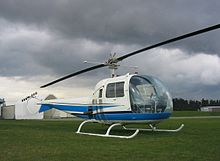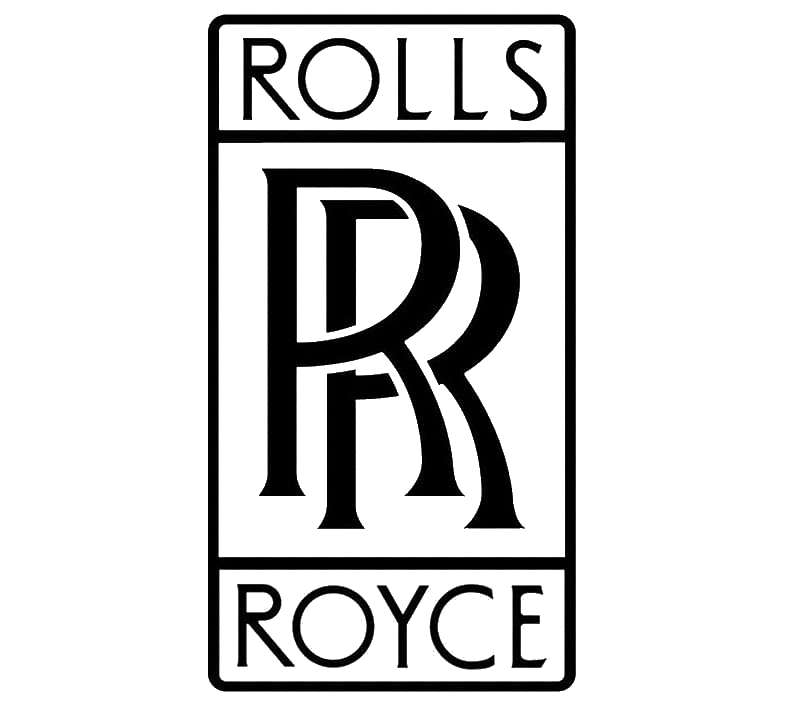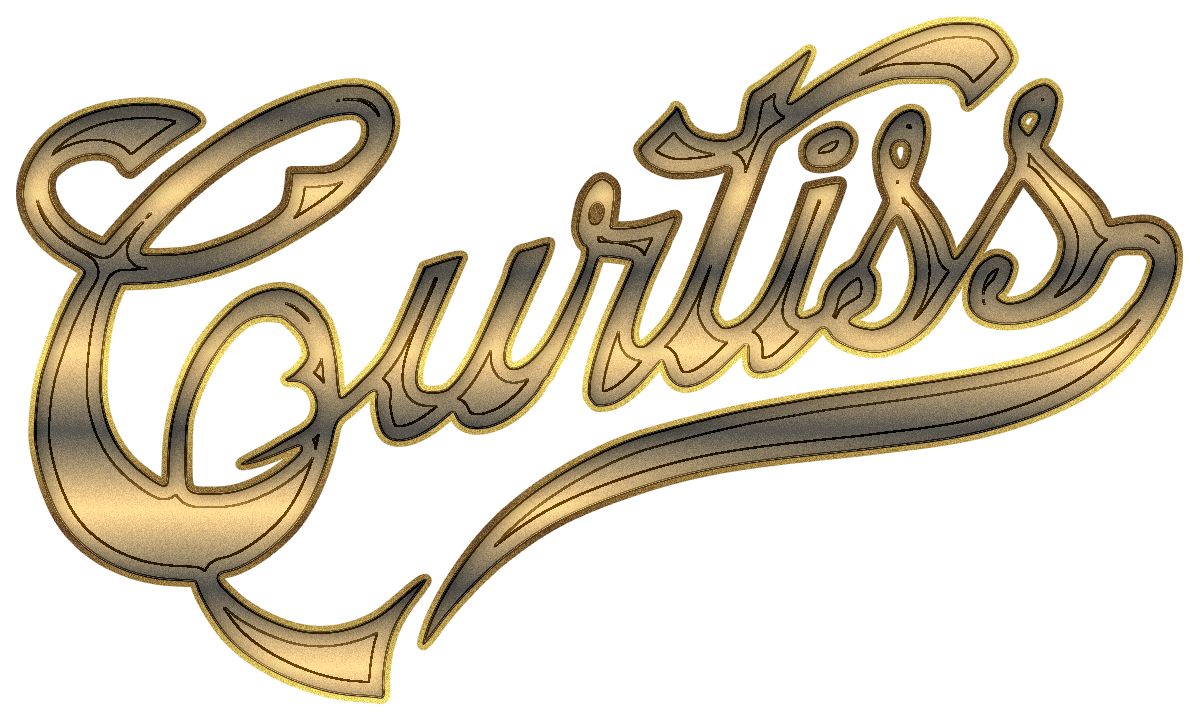Bell 47G H-13 Sioux
(Korean War, MASH)
 |
|
| Bell 47G | |
| Role | Multipurpose light helicopter |
|---|---|
| National origin | United States |
| Manufacturer | Bell Aircraft Bell Helicopter |
| Designer | Arthur M. Young |
| First flight | December 8, 1945 |
| Introduction | 1946 |
| Primary users | United States Army British Army |
| Produced | 1946–1974 |
| Number built | 5,600 |
| Developed from | Bell 30 |
| Variants | Bell H-13 Sioux Bell 47J Ranger Kawasaki KH-4 |
.
History Bell Textron Inc.
Bell 47G H-13 Sioux
(Korean War, MASH)
First flight December 8, 1945
Design and development
Early models varied in appearance, with open cockpits or sheet metal cabins, fabric covered or open structures, some with four-wheel landing gear. Later model D and Korean War H-13D and E types settled on a more utilitarian style. The most common model, the 47G introduced in 1953, can be recognized by the full "soap bubble" canopy,[4] exposed welded-tube tail boom, saddle fuel tanks and skid landing gear.
Operational history


The Bell 47 entered US military service in late 1946, and operated in a variety of versions and under different designations for three decades. It was designated H-13 Sioux by the US Army, and during the Korean War, it served a variety of roles, including reconnaissance and scouting, search and rescue, and medevac
0
KmCeiling
0
KmMAX RANGE
0
Km/HAircraft Speed
0
Max Crew
Photo Gallery
Bell 47G H-13 Sioux
(Korean War, MASH)


Bell Textron Inc.
Bell 47G H-13 Sioux
(Korean War, MASH)
General Info
- Crew: 1 or 2
- Capacity: 1 passenger or 2 litters (1,057 lb (479 kg) payload)
- Length: 31 ft 7 in (9.63 m)
- Height: 9 ft 3 in (2.82 m)
- Empty weight: (859 kg)
- Max takeoff weight: (1,338 kg)
-
-
Powerplant
- Powerplant: 1 × Lycoming TVO-435-F1A six-cylinder vertically mounted horizontally-opposed air-cooled piston engine, 280 hp (210 kW)
- Main rotor diameter: (11.33 m)
- Main rotor area: 1,085 sq ft (100.8 m2)
Specifications
- Maximum speed:(105 mph, 169 km/h)
- Cruise speed: (84 mph, 135 km/h)
- Range: 214 nmi (246 mi, 396 km)
- Rate of climb: 860 ft/min (4.4 m/s)
-
-
Links to Youtube & Others
Bell 47s were produced in Japan by a Bell and Kawasaki venture; this led to the Kawasaki KH-4 variant, a four-seat version of the Model 47 with a cabin similar to the Bell 47J. It differed from the "J" in having a standard uncovered tail boom and fuel tanks like the G series. It was sold throughout Asia, and some were used in Australia.
Bell 47G H-13 Sioux
(Korean War, MASH)
The "Telecopter" was a Bell 47 rented by television station KTLA in Los Angeles, California. It was outfitted with a television camera
Youtube Link
13 May 1949, a Bell 47 set an altitude record of 18,550 feet (5,650 m).[11] 21 September 1950, first helicopter to fly over the Alps.[11] 17 September 1952, Bell pilot Elton J. Smith set a world distance record for piston helicopters of 1,217 miles (1,959 km) by flying nonstop from Hurst, Texas, to Buffalo, New York.[11] As of 2018, this record still stands














.png)
.svg.png)